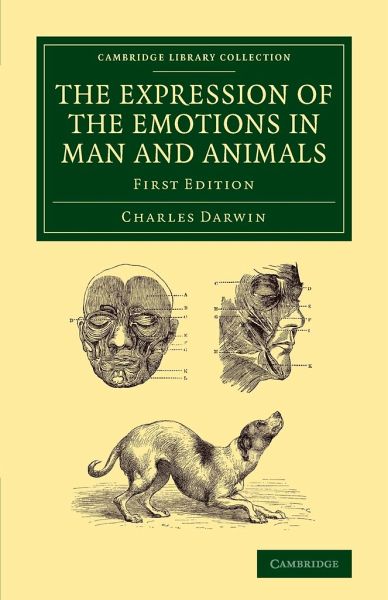
The Expression of the Emotions in Man and Animals
Versandkostenfrei!
Versandfertig in 1-2 Wochen
56,99 €
inkl. MwSt.

PAYBACK Punkte
28 °P sammeln!
When this monograph was first published in 1872, there already existed a good deal of thought on facial expression via the study of physiognomy; this work, notes Charles Darwin (1809-82), was full of 'surprising nonsense'. Setting aside the assumption of previous studies that human facial muscles were created specifically for a range of expressions unique to the species, Darwin sets out here to make a systematic study of both human and animal expression. The range of his research is extraordinarily wide: he not only experimented on himself, but observed infants, consulted doctors in psychiatri...
When this monograph was first published in 1872, there already existed a good deal of thought on facial expression via the study of physiognomy; this work, notes Charles Darwin (1809-82), was full of 'surprising nonsense'. Setting aside the assumption of previous studies that human facial muscles were created specifically for a range of expressions unique to the species, Darwin sets out here to make a systematic study of both human and animal expression. The range of his research is extraordinarily wide: he not only experimented on himself, but observed infants, consulted doctors in psychiatric hospitals and sent out requests to missionaries and travellers for first-hand notes on the expressions of aboriginal peoples. Learned, meticulous and illustrated with an impressive array of drawings, photographs and engravings, Darwin's work stands as an important contribution to the study of human behaviour and its origins.




